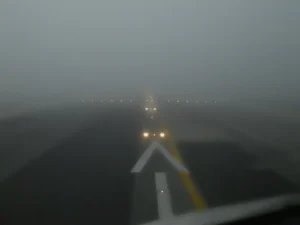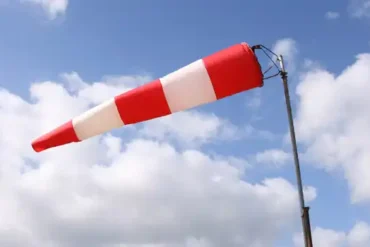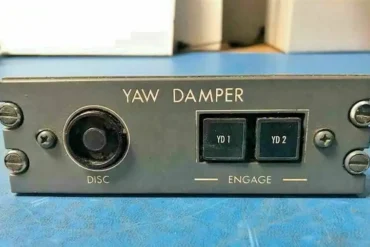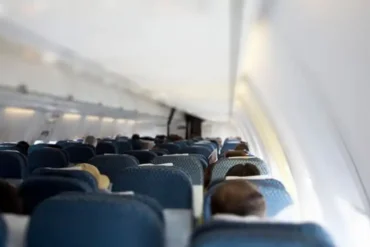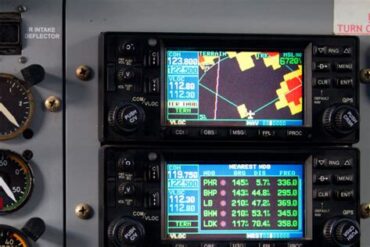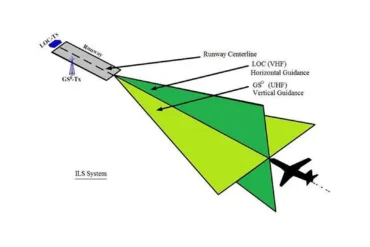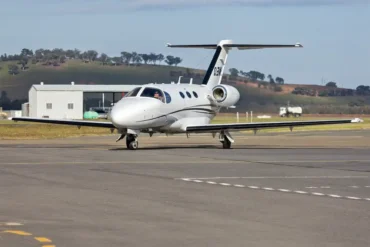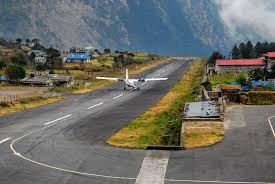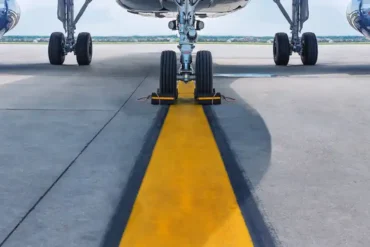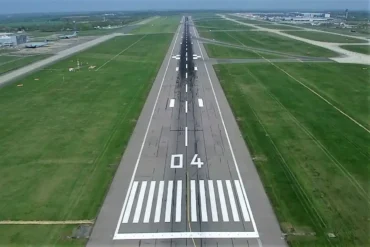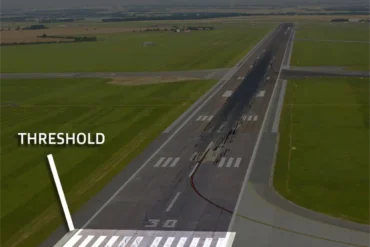Ever glanced at a METAR report and wondered about those mysterious “RVR” letters? They only show up when visibility takes a nosedive. Let’s unpack what RVR is and how it works, shall we?
Runway Visual Range (RVR) is all about how far you can see down a runway. It’s based on spotting those bright High Intensity Runway Lights (HIRL) or other standout features on the tarmac. Bigger airports usually have RVR equipment for up to four runways. They use special sensors placed about 14 feet above the runway’s centerline. Most RVR-equipped runways have three sensors: one at touchdown, one in the middle, and one at rollout.
Now, understanding RVR is even more useful than knowing about the sensors. RVR only pops up in METARs when airports have the right gear and visibility drops to a mile or less. For instrument runways, it’s reported when visibility is 6,000 feet or less. In a METAR, RVR starts with “R” and the runway number. So, “R18R” means we’re talking about runway 18 Right. The next four digits show the distance in feet. For example, “1600” means you can see 1,600 feet down runway 18R.
As visibility gets worse, the RVR measurements get more precise. They’re reported every 100 feet up to 1,000 feet, every 200 feet from 1,000 to 3,000 feet, and every 500 feet from 3,000 to 6,000 feet.
Sometimes, visibility is so low it’s off the charts. That’s when you’ll see an “M” before the number, like “M0600,” meaning visibility on runway 18R is less than 600 feet. On the flip side, if visibility is better than the highest reportable value, you’ll see a “P,” like “P6000” for visibility over 6,000 feet. If visibility is bouncing around, you might see something like “0700V1000,” which means it’s swinging between 700 and 1,000 feet on runway 18R.
While RVR is crucial for airline and corporate pilots deciding on approach types or takeoff minimums, it’s handy for us general aviation folks too. Even though Part 91 doesn’t set visibility minimums for starting an approach, RVR gives us a heads up. See a blue “24” on an approach chart? That’s telling you the minimum visibility for that approach is 2,400 feet RVR.
If the RVR at your destination is lower than what’s on the approach chart, it might be time to think about your alternate airport. Seeing the runway at minimums could be tricky, and you might want to skip the approach altogether and head to your backup plan.
Remember, while meeting RVR minimums isn’t a must for approach and landing, you still need three things: a clear path to land on your chosen runway, enough flight visibility, and a good view of the runway environment. Flight visibility is different from RVR – it’s what you see out your windshield – but RVR gives you a good idea of what to expect at the end of your approach.
So, while RVR might not be as big a deal for general aviation as it is for commercial operators, it’s still super helpful when visibility gets low. Checking the RVR for your runway and comparing it to your approach minimums gives you a good idea of what you’ll see (or won’t see) during your approach. It’s also a great way to figure out if attempting the approach is a good idea in the first place. Fly safe out there!
